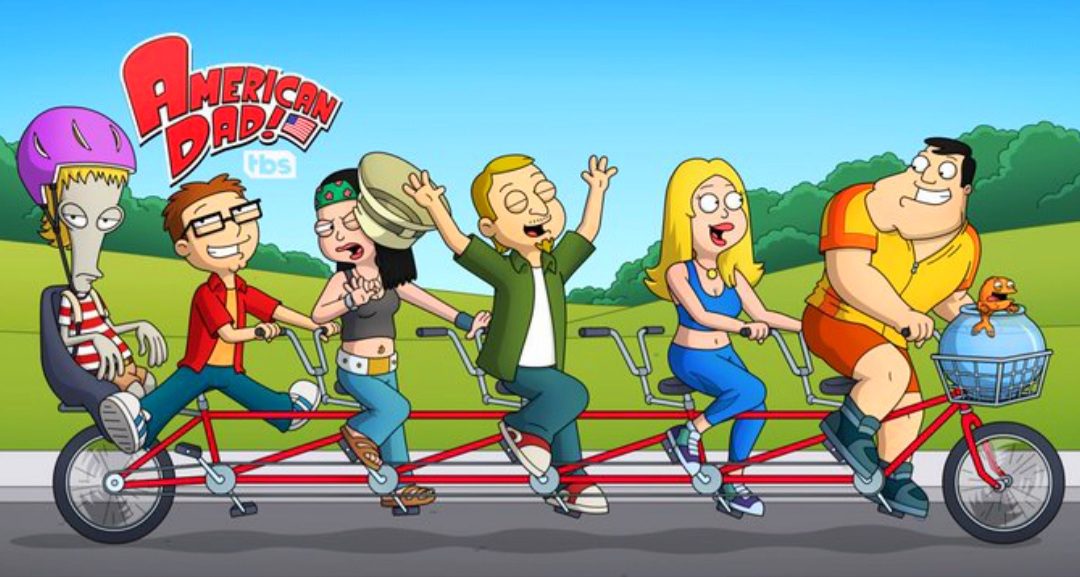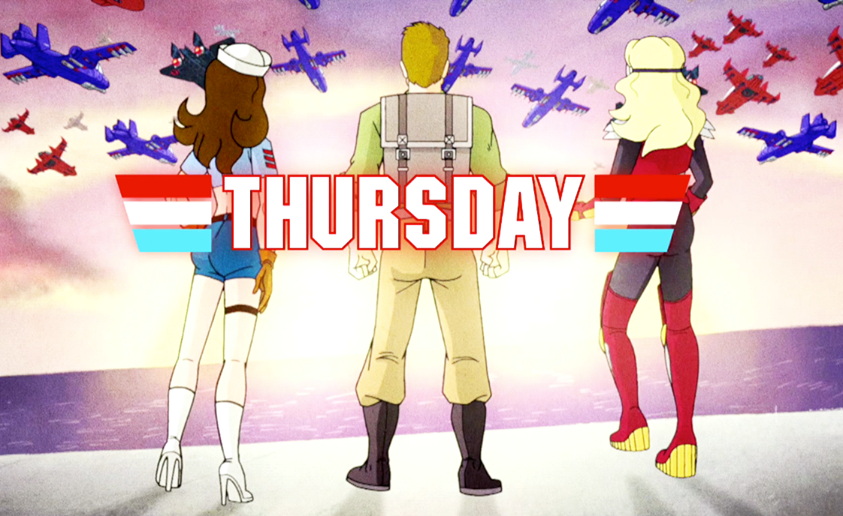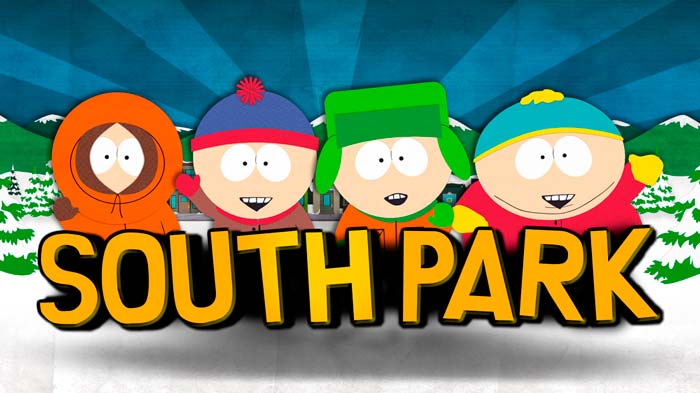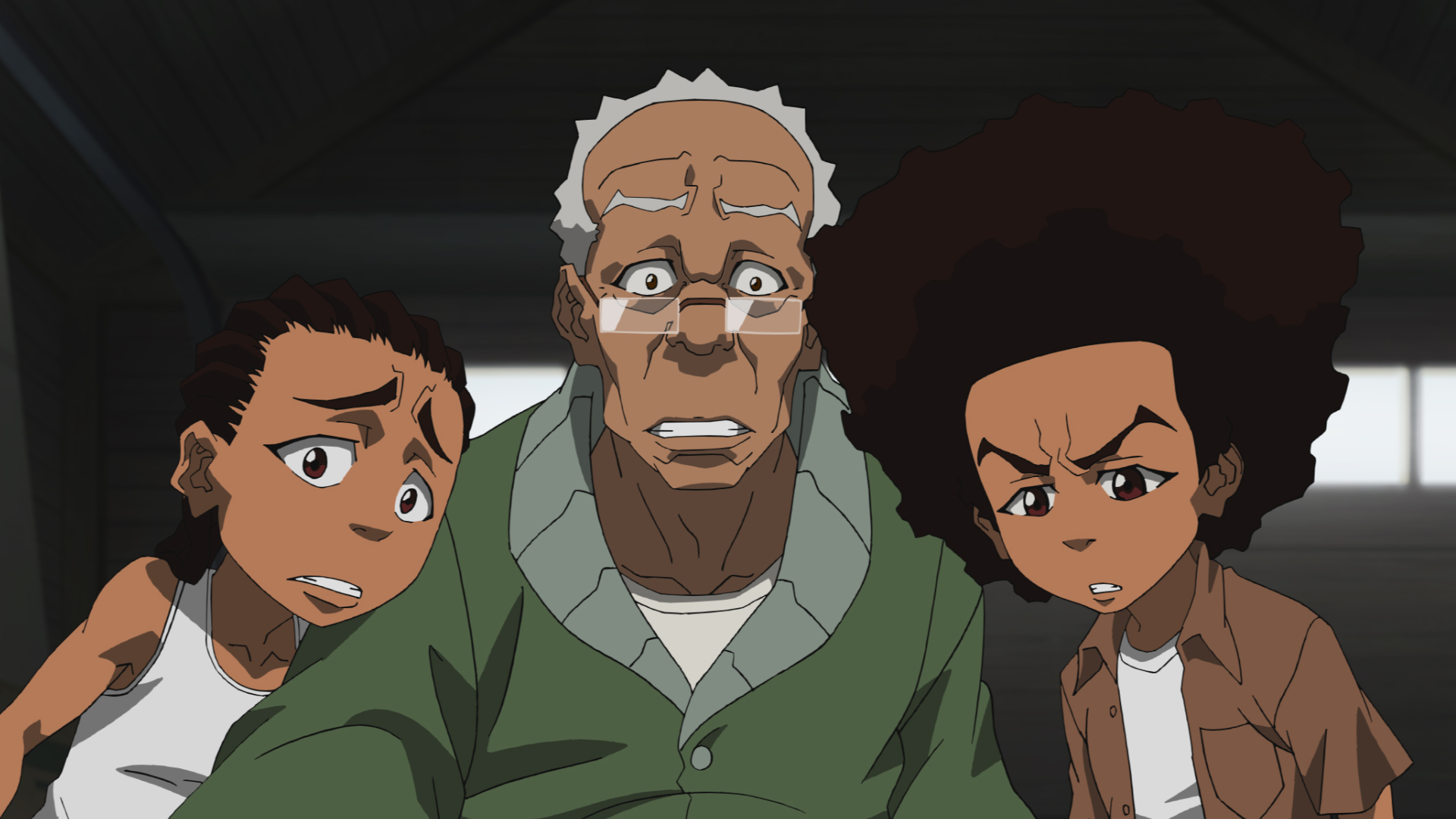Season Review: American Dad Season 18
Overview:
Everyone’s favorite dysfunctional animated family, the Smiths, are back for another season of surreal sitcom silliness. This year pushes the Smith family out of their comfort zones more than ever before as they tackle everything from office friends, house squatters, pharmaceutical reps, wraiths, and time travel. It’s all business as usual on American Dad.
Our Take:
It’s extremely rare for a long-running series to turn out hit after hit after two decades, and yet American Dad remains as consistent, creative, and comical as ever. By all means, this adult animated comedy should be running on fumes, but somehow American Dad is an eternal fossil fuel that continues to get better with age. American Dad still has lots to say after more than 350 episodes, two networks, and a new corporate overlord.
Nothing is off limits for American Dad after years of innovative reinvention. It’d be very easy for this season to go through the motions and phone things in. That’s why it’s so exciting to witness the contrary. This American Dad season contains some of the series’ strongest episodes in years. It’s an extremely solid season that’s full of classic storylines, bizarre and creative detours, and a well-balanced mix of episodes that properly share the wealth between American Dad’s varied cast of characters.
There’s no shortage of Roger-centric episodes this season, including the ambitious premiere, “Fellow Traveler,” that chronicles Roger’s arrival on Earth back in the 1940s. That being said, Roger and Stan both take on more subdued roles this season, which better celebrates characters like Jeff, Hayley, and Francine. All of these characters get deconstructed in rewarding ways as individuals, but also in the context of their relationship with the rest of the Smith family. “The Professor and the Coach,” “Stretched Thin,” “Better on Paper,” and “Footprints” are some of the season’s strongest entries. The latter of which functions as an astute commentary on American Dad’s own mortality, but somehow also functions as a Jeff-based sequel to an episode from five seasons back. It’s this fearless experimentation that guarantees that American Dad stays fresh and consistently keeps itself amused.
American Dad keeps this trend alive throughout the entire season with a surprising number of supernatural installments. There’s the standard Halloween and Christmas episodes that confidently push boundaries, but greater weirdness abounds elsewhere. For instance, “The Pleasanting at Smith House” bravely asks the age-old question of what would happen if Klaus were to ever date a wraith. Gonzo ideas like this keep the audience on their toes, yet also feel authentic to the show’s ethos. This season even jumps on the multiverse band wagon with two alternate takes on the “What If?…” concept, “Multiverse of American Dadness” and “Into the Jingleverse.” Neither of these episodes step on the other’s toes and the latter of which presents American Dad as a hilarious polygonal 3D mess that’s akin to an original PlayStation or Nintendo 64 game. American Dad has turned aesthetic makeovers into one of its secret weapons and this is hopefully not the last time that the haunting visuals from “Into the Jingleverse” are seen.
Another rewarding development is how this American Dad season takes ideas and themes that are reminiscent of the series’ clunkier first years, but presents them in wild, modern ways that mesh with its current voice. “Between a Ring and a Hardass” is one of the best examples of this where a high stakes dinner goes off the rails as classic sitcom cliches abound. This, and similar episodes (like Steve and Snot’s awkward exploits), are only possible in a show that’s been around for as long as American Dad. It directly addresses and has a conversation with its legacy. This is successful on a meta level, but it’s also quite rewarding to see characters like Roger, Stan, Hayley, and even Steve consider their collective impacts and if they’re living their best lives. It’s a surprising level of introspection, but one that’s fundamental for a show that’s presumably in its final years and beginning to consider how to say goodbye.
There are also some exciting developments when it comes to American Dad’s supporting cast of players, like Principal Lewis, Bullock, Dick, and Tuttle. Admittedly, the series can get somewhat predictable with these characters and occasionally lean on them too often. The difference this season is that each episode properly considers which ancillary character makes the most sense for the given story. This season attempts to establish some new friends for Francine and Jeff, which takes some of the pressure off of the usual suspects. However, there’s still a sense of erasure at the end of each episode. Next season could still do better in this regard.
Additionally, this American Dad season is excellent, but it’s not without its flaws. Some of this season’s most promising entries are the ones that remix old ideas. However, certain installments come across as regressive and not reflective of the show’s best work. It further emphasizes the difference an accomplished American Dad writer makes over newer scribes (although there are still plenty of standout episodes from greener writers). It’s proof that there’s a delicate method to American Dad’s madness that can easily collapse under its own weight. Certain episodes are guilty of abrupt endings that don’t do enough with their B-stories. Alternatively, the opposite issue also arises with focused entries that only feature one plot, but would benefit from a divided structure that properly splits its focus. If nothing else, it’s encouraging that American Dad is willing to get so loose with its story formula rather than forcing the same framework onto every episode. Fortunately, a strong run of diverse episodes close out the season.
American Dad gives fans everything that they could possibly want this season, and then some, all on its own eccentric terms. It’s so encouraging that the series is still as freaky and fun as ever, but endlessly more courageous and confident in its stories and structure. It’s a sublime season of television with very few weak links. The material that connects is so successful that it’s so easy to overlook the awkward missteps. There’s never been an animated series that’s more deserving to reach 400 episodes.
























"There are also other characters that come and go (also owned by the Warner Bros. Discovery conglomerate media company)."
Huh. Is that just referring to other characters from the show itself, or is this implying that the new season is going to have cameos from other WBD IPs